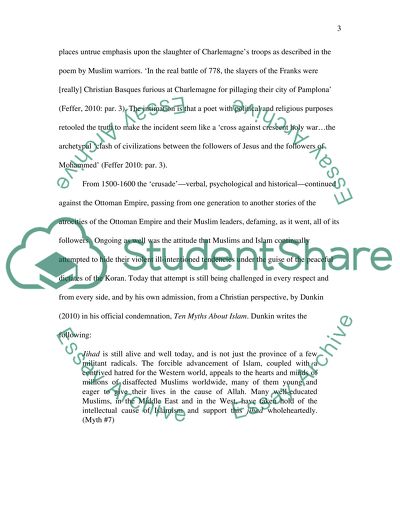Cite this document
(“To what extent is islamaphobia a problem in british society Essay”, n.d.)
Retrieved from https://studentshare.org/environmental-studies/1419820-to-what-extent-is-islamaphobia-a-problem-in
Retrieved from https://studentshare.org/environmental-studies/1419820-to-what-extent-is-islamaphobia-a-problem-in
(To What Extent Is Islamaphobia a Problem in British Society Essay)
https://studentshare.org/environmental-studies/1419820-to-what-extent-is-islamaphobia-a-problem-in.
https://studentshare.org/environmental-studies/1419820-to-what-extent-is-islamaphobia-a-problem-in.
“To What Extent Is Islamaphobia a Problem in British Society Essay”, n.d. https://studentshare.org/environmental-studies/1419820-to-what-extent-is-islamaphobia-a-problem-in.


